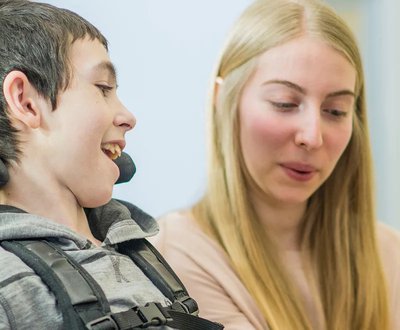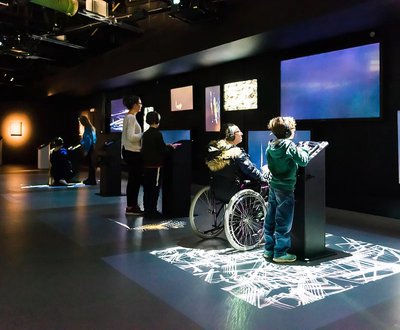Accessibility in science centres and museums
Supporting science centres and museums on their journey to becoming fully accessible social spaces. This website is designed for employees to access resources, case studies and links for further information.

Small changes, big impact
The social model of disability shows the barriers to access for disabled people exist due to society, rather than individual impairment or difference. These barriers can be physical, such as no accessible toilets in a facility or festival, or they can be caused by a lack of knowledge or preconceptions around difference, such as assuming that disabled people can't do certain things.
Barriers make life harder for everyone. By removing barriers we create an equal opportunity to access our resources and experiences. If the social model of disability is used right from the start whenever we design anything, it will result in disabled people having more independence, choice and control.
Making centres and museums more accessible

Visitors
One in five people in the UK have a disability, either visible or hidden. If you look around your facility/experience and do not see that diversity then it means that there are likely to be barriers to access for disabled visitors.

Barriers
The barrier could be physical such as no accessible toilets or places to rest between exhibits. The barrier may not be physical, for example it could be poor messaging of what the experience will be like. Poor previous experiences at other facilities can make people avoid cultural spaces, as the assumption may be that visiting will be another frustrating experience.

Impact
By improving our awareness of how to ensure we design experiences with everyone in mind we can make changes that will make everyone feel welcome in our spaces. This can result in a more representative audience, improved reputation and an increase in footfall and audience engagement.
